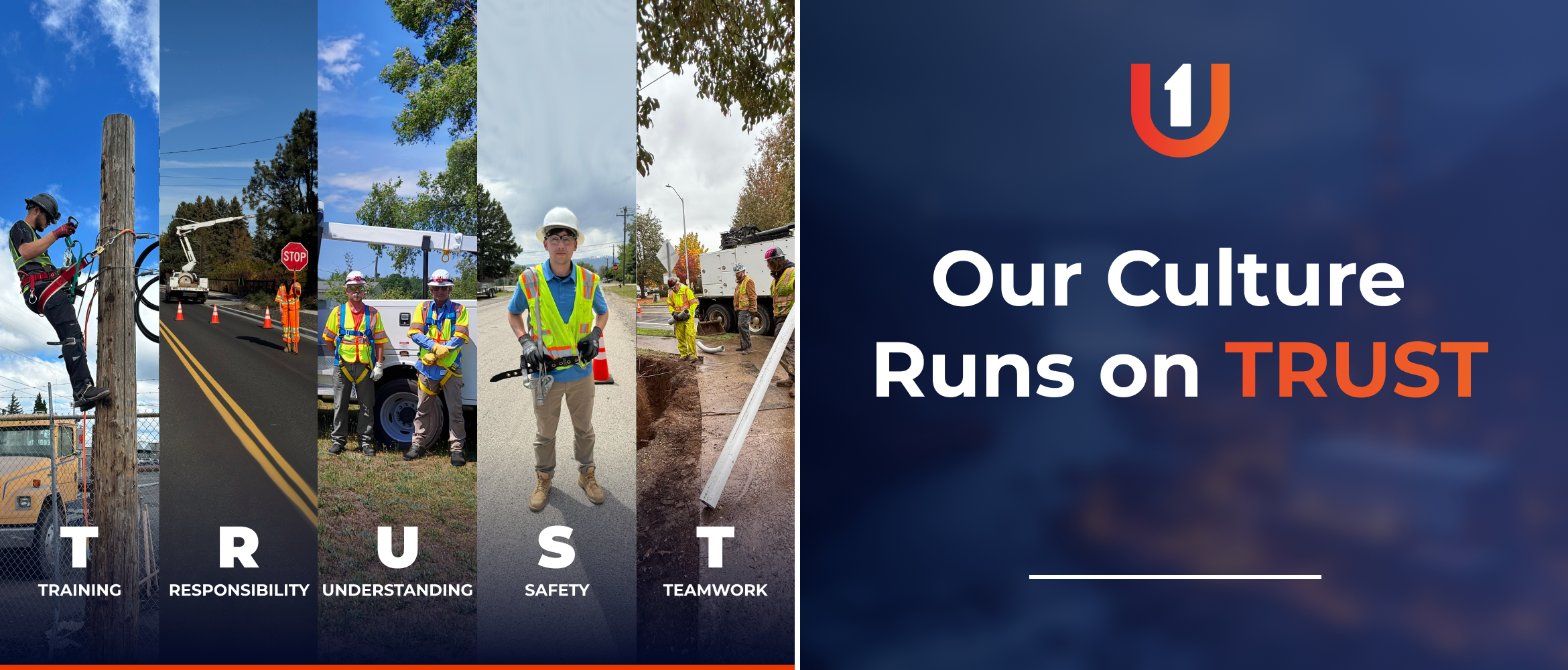News
We don’t expect success, we work for it. Become a part of an amazing team!
Can Renewable Energy Handle the Demand During Summer Heatwaves?
As global temperatures rise and heatwaves become more frequent and intense, the strain on power grids intensifies. Air conditioning units run at full capacity and electricity consumption soars.
The Challenge of Rising Summer Demand
In 2024, the United States experienced unprecedented heatwaves, leading to record-breaking electricity demand. The North American Electric Reliability Corporation (NERC) projected a 10 GW increase in peak demand compared to the previous summer, primarily driven by the expansion of data centers, electrification efforts, and industrial growth.
These surges in demand often coincide with periods when renewable energy generation, particularly solar, is at its peak. However, the intermittent nature of renewables and the timing mismatch between peak generation and peak demand pose significant challenges.
Solar energy has seen remarkable growth, with the U.S. adding over 25 GW of new solar capacity in 2024 alone. This expansion has enabled solar power to contribute significantly during daylight hours, effectively reducing the strain on the grid.
However, the "duck curve" phenomenon illustrates the challenge: solar generation drops sharply in the late afternoon and evening, precisely when electricity demand remains high. This difference necessitates additional measures to ensure grid reliability during these critical hours.
The Rise of Battery Energy Storage Systems (BESS)
Battery energy storage systems (BESS) have emerged as vital solutions to bridge the gap between renewable generation and peak demand. In 2024, the U.S. added over 9 GW of new battery storage capacity, marking a 66% increase from the previous year.
These systems store excess solar energy generated during the day and release it during peak demand periods in the evening. Notable projects like the Reid Gardner BESS in Nevada (220 MW/440 MWh) exemplify this approach, providing reliable power during critical hours and reducing reliance on fossil fuels.
Demand Response and Grid Flexibility
Beyond storage, demand response programs are crucial in balancing the grid. By incentivizing consumers to reduce or shift their electricity usage during peak periods, these programs alleviate stress on the grid and minimize the risk of outages. During the June 2024 heatwave, demand response initiatives were instrumental in maintaining grid stability across several U.S. regions.
Utilities One Power Delivery: Enabling a Resilient Grid
At Utilities One, we recognize that integrating renewable energy sources and advanced technologies is essential for a resilient power grid. Our Power Delivery division focuses on:
-
Infrastructure Upgrades: Modernizing transmission and distribution systems to handle increased loads and integrate renewable sources effectively.
-
Smart Grid Implementation: Deploying advanced metering and automation technologies to enhance grid responsiveness and reliability.
-
Energy Storage Integration: Facilitating the deployment of BESS to ensure consistent power supply during peak demand periods.
Conclusion
While challenges remain, the synergy between renewable energy, energy storage, and demand response strategies has proven effective in meeting the elevated electricity demands during summer heatwaves. Continued investment and innovation in these areas are crucial to ensuring a sustainable and resilient energy future.
Share Via:
Related Posts

23 October, 2025
Dust, Heat, and Durability: Engineering Solar Panels for Extreme Climates
As solar energy expands into some of the world’s harshest environments, engineers are developing advanced materials and designs to help panels endure extreme heat, dust, and humidity. Innovations such as thermal-resistant encapsulants, corrosion protection, and passive cooling systems enhance efficiency and durability, supporting reliable and sustainable solar power in challenging conditions.

8 October, 2025
Key Energy-Efficient Technologies Powering Modern Data Centers
Modern data centers are adopting energy-efficient technologies to reduce electricity use, lower costs, and minimize environmental impact. Key innovations include advanced cooling, energy-efficient hardware, smart power management with AI, and renewable energy. These technologies boost performance while cutting costs and supporting sustainability.
300 W Somerdale Rd, Suite 5E, Voorhees Township, NJ 08043
COPYRIGHT © 2025 UTILITIES ONE
